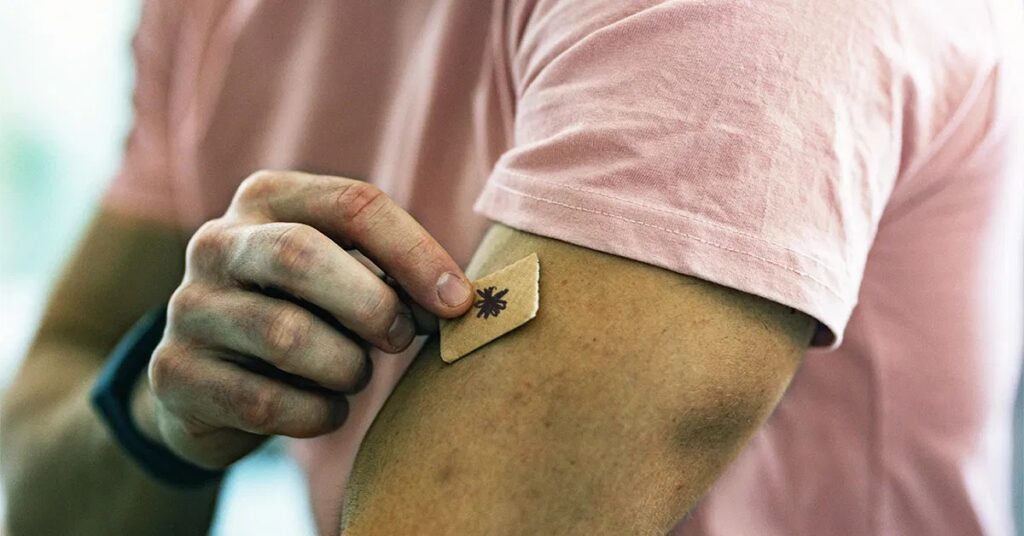Nicotine, the addictive compound present in tobacco, cigarettes, and vapes, has a swift and significant impact on our bodies. However, many are left wondering—how long does nicotine actually linger in our systems after consumption? This question is especially pertinent for those attempting to quit smoking or vaping.
Understanding Nicotine’s Half-Life
Nicotine boasts a relatively short half-life of around two hours, meaning that within this time frame, the body eliminates about half of the nicotine consumed. For instance, if you smoke a cigarette or take a puff from a vape, approximately half of the nicotine will be cleared from your system in two hours. The remaining nicotine gradually exits the body in the following hours.
This rapid elimination contributes to nicotine’s addictive nature; the short-lived effects mean that cravings can return quickly. It’s no surprise that many smokers or vapers feel the urge to reach for another cigarette or vape shortly after their last one.
Duration of Nicotine and Its Byproducts in the Body
Once ingested, nicotine is metabolised into several byproducts, including cotinine, anabasine, and nornicotine. These metabolites are eliminated through urine, blood, saliva, hair, and nails. Cotinine, in particular, is often used in testing due to its longer presence in the body.
On average, it takes more than two weeks for blood cotinine levels to return to baseline levels, akin to someone who doesn’t use nicotine. Cotinine can remain in urine for several weeks, and traces can linger in hair even longer, though hair testing is rarely employed except in specialised research.
Interestingly, the frequency of nicotine consumption influences its clearance; heavy smokers or regular vapers may find nicotine lingering in their systems far longer than infrequent users.
Navigating Nicotine Withdrawal Symptoms
When nicotine is finally out of your system, users often face the challenge of withdrawal symptoms. This period can be particularly arduous for those trying to quit. Withdrawal can last anywhere from a few days to several weeks, often peaking around the third day.
Common withdrawal symptoms include:
- Anxiety
- Stress
- Irritability
- Insomnia
- Increased appetite
While the physical cravings may fade over time, the psychological pull towards nicotine often persists, typically triggered by familiar routines or stressful scenarios. Fortunately, these triggers tend to weaken with time.
The Vaping Phenomenon: A Contemporary Perspective
Vaping has revolutionised nicotine consumption, yet experts continue to uncover its nuanced effects compared to traditional smoking. While vaping introduces nicotine similarly to smoking, the amount consumed can vary greatly depending on the nicotine content of the e-liquid and the device in use.
Some so-called nicotine-free e-cigarettes may still contain nicotine, with discrepancies in potency across different products. Although the FDA has approved various vaping devices to help reduce harmful chemical exposure, the long-term implications of vaping are still unclear.
Methods of Testing for Nicotine in the Body
Testing for nicotine may occur for insurance purposes, employment screenings, or to measure exposure levels. These tests can detect both nicotine and cotinine in body fluids such as urine, blood, or saliva. Given its longer presence, cotinine serves as a more dependable marker for testing.
Can You Accelerate Nicotine Clearance?
While there’s no quick fix to flush nicotine from your system, certain lifestyle choices may facilitate a more efficient detox:
- Stay hydrated to aid your kidneys and liver in expelling waste.
- Exercise regularly to boost circulation and promote sweating, which helps release toxins.
- Maintain a balanced diet, focusing on antioxidant-rich foods to support your body’s natural detox processes.
Though some herbal remedies and products claim to expedite nicotine clearance, their effectiveness has not been scientifically validated. Sticking to proven, healthy habits remains the best approach.







